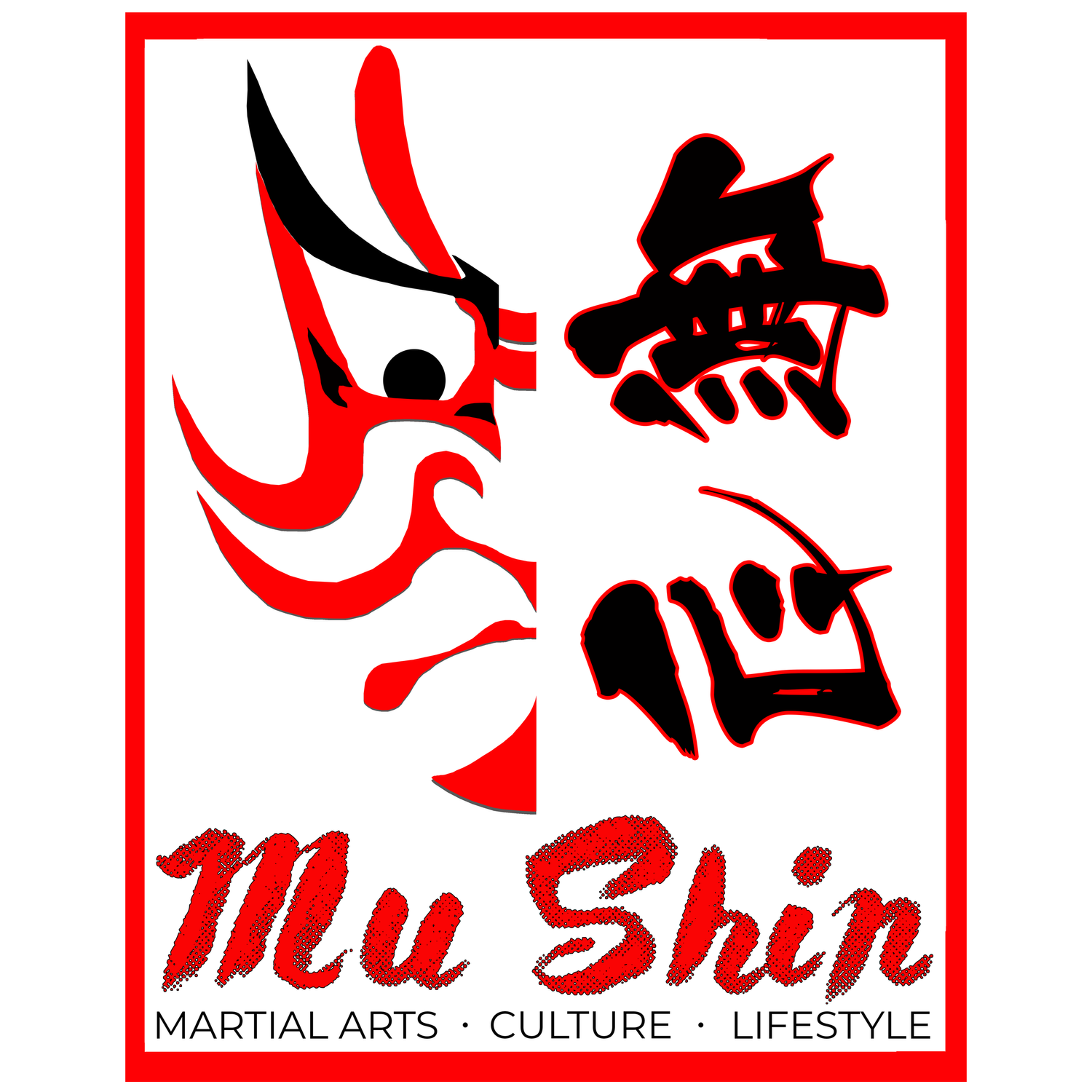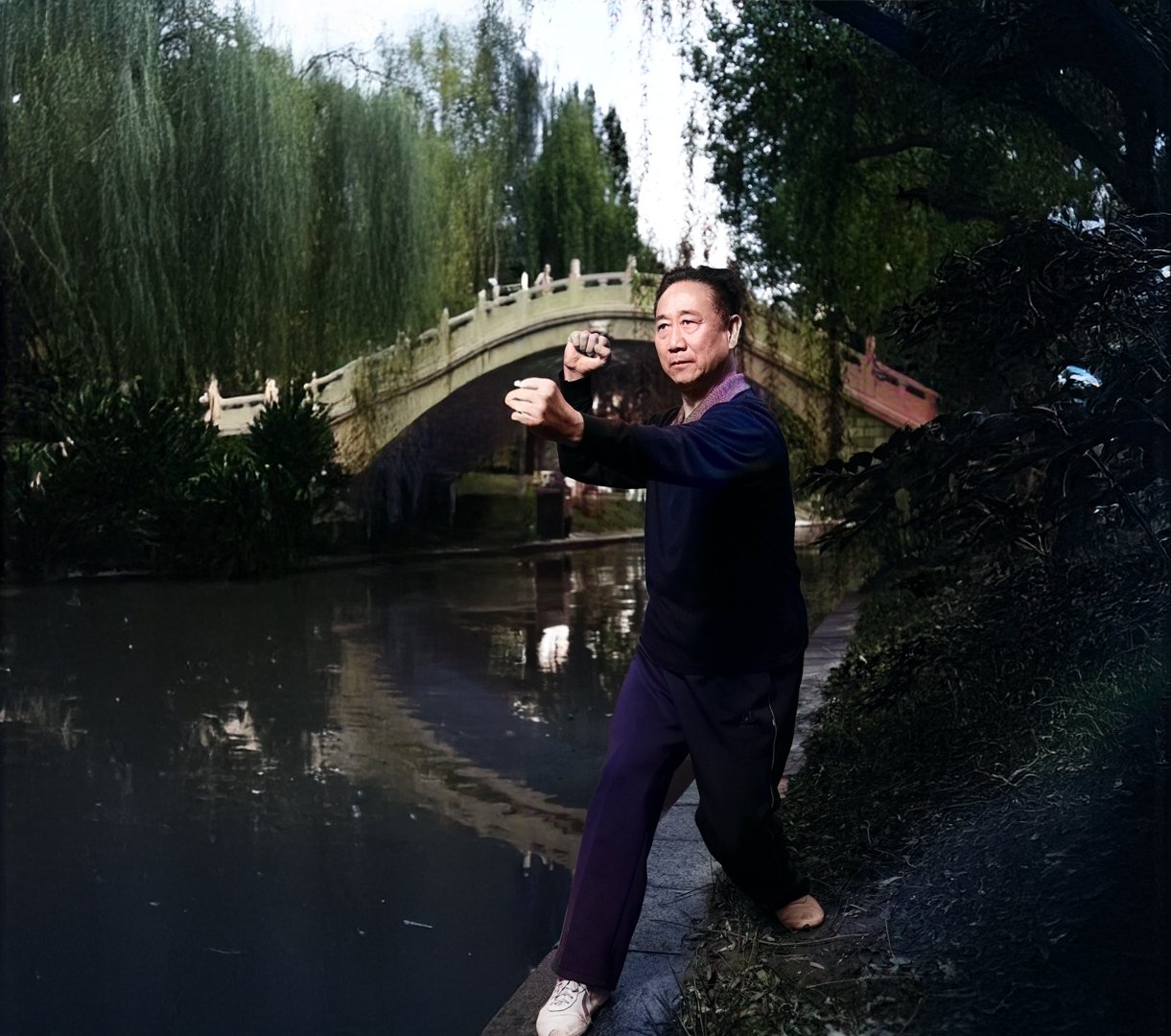Gong Fu Qiao Yao “Gong Fu Skills” Q&A - Di Guoyong - Pt.2
Master Di Guoyong
“Gong Fu Qiao Yao” is a publication by the “Zhong Hua Wu Shu” magazine in China which was published in 2012. The national magazine had asked numerous respected masters of various styles of Chinese martial arts to be technical advisors and it gave the readers opportunities to send in questions which these teachers would then address and these were released over a long period in their monthly magazine. In 2012 the publication compiled these Q&A articles and published them in a single book. I will gradually translate these and make them available in English for the international community.
Question from He Jingmin of Beijing’s Haidian District
I have been practicing Xingyi Quan for five or six years, but I have never engaged in actual combat. Taijiquan has push-hands practice, which can cultivate certain combat skills. However, in my own Xingyi Quan training, I only practice the Five Elements Fists and the Twelve Animal Shapes on my own. Can practicing in this manner develop real fighting ability? How can one improve practical combat skills through Xingyiquan?
Master Di Guoyong’s Answer
To develop fighting skills in martial arts, you must undergo actual combat specific practice. Practicing forms or single movements by yourself can indeed improve physical fitness, help you grasp certain fighting techniques, and even allow you to generate integrated power and explosive force. However, without actual combat training, you still won’t meet the demands of real combat situations. It’s like learning to swim on dry land: no matter how standard and perfected your swimming motions are on land, if you never get into the water, you remain a “land duck.” The moment you enter the water, you would sink right to the bottom.
In learning martial arts combat techniques, you can study and ponder them through the movements in the forms—especially since China’s traditional martial arts forms contain rich combat techniques and tactics. Through your teacher’s oral guidance, personal demonstrations, and your own repeated practice, you continuously come to understand and master these. This process is often referred to as “verbal explanation of techniques” (说手 shuo shou). But for cultivating actual combat skill, this alone is far from sufficient. Real combat is ever-changing, and the simulations or imaginations you rely on in practice can’t keep up with the reality of combat uncertainties and variabilities. To think that you can directly apply the stylized, formalized techniques from forms into combat is naïve and impractical. Thus, to develop genuine fighting ability, you must undertake actual combat training.
As for methods of combat training, every branch and style of Chinese martial arts has its own special methods. Taijiquan has push-hands, Wing Chun has sticky-hands, Bajiquan has partner forms, and many other styles have two-person drills. All these are training methods designed with combat in mind. For Xingyi Quan, to cultivate fighting ability, there is “Dui Cao” (对操 paired practice). Two practitioners practice and test specific types of power/force issuing as well as technique applications from within Xingyi Quan on one another. This approach can develop some fighting skill. Although it still differs from true combat, it is one step closer than practicing forms alone—it’s a bridge towards real combat. Different teachers have various methods of paired practice, but the fundamental principles are similar, and generally for this, no protective gear is used. Of course, if conditions allow, you can wear gloves and protective gear to practice free sparring. Although gloves might limit some Xingyi Quan techniques, sparring practicing is still a practical and important way to cultivate actual combat ability, and it is recommended.
Nowadays, most people who practice Xingyi Quan are hobbyists whose goals are for health and fitness development, and generally lack the conditions to train in Xingyi Quan’s combat aspects. Nevertheless, by practicing the Five Elements Fists and Twelve Animal Shapes, you can achieve correct posture and integrated power. If conditions permit further training through paired practice and sparring, you can indeed acquire a certain level of fighting skill that is practical and functional and indeed recommended.
Learn authentic Hebei Xingyi Quan as handed down by Di Guoyong through the Hua Jin Online Learning Program.
For more information visit https://www.mushinmartialculture.com/online-learning

